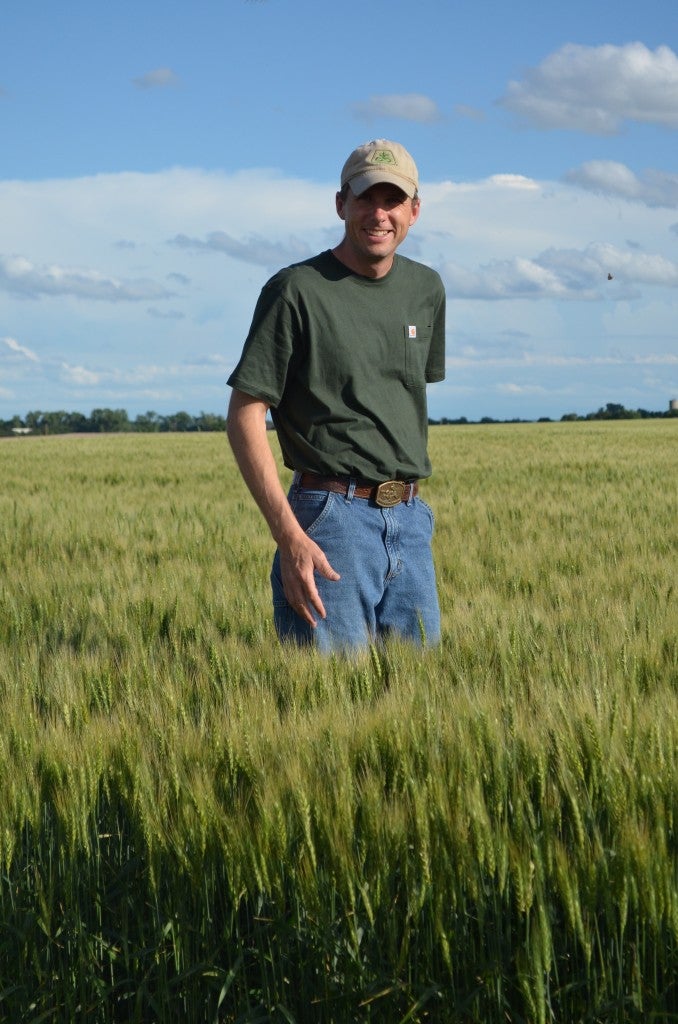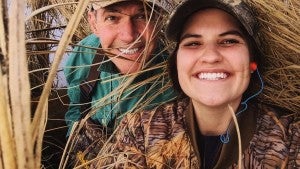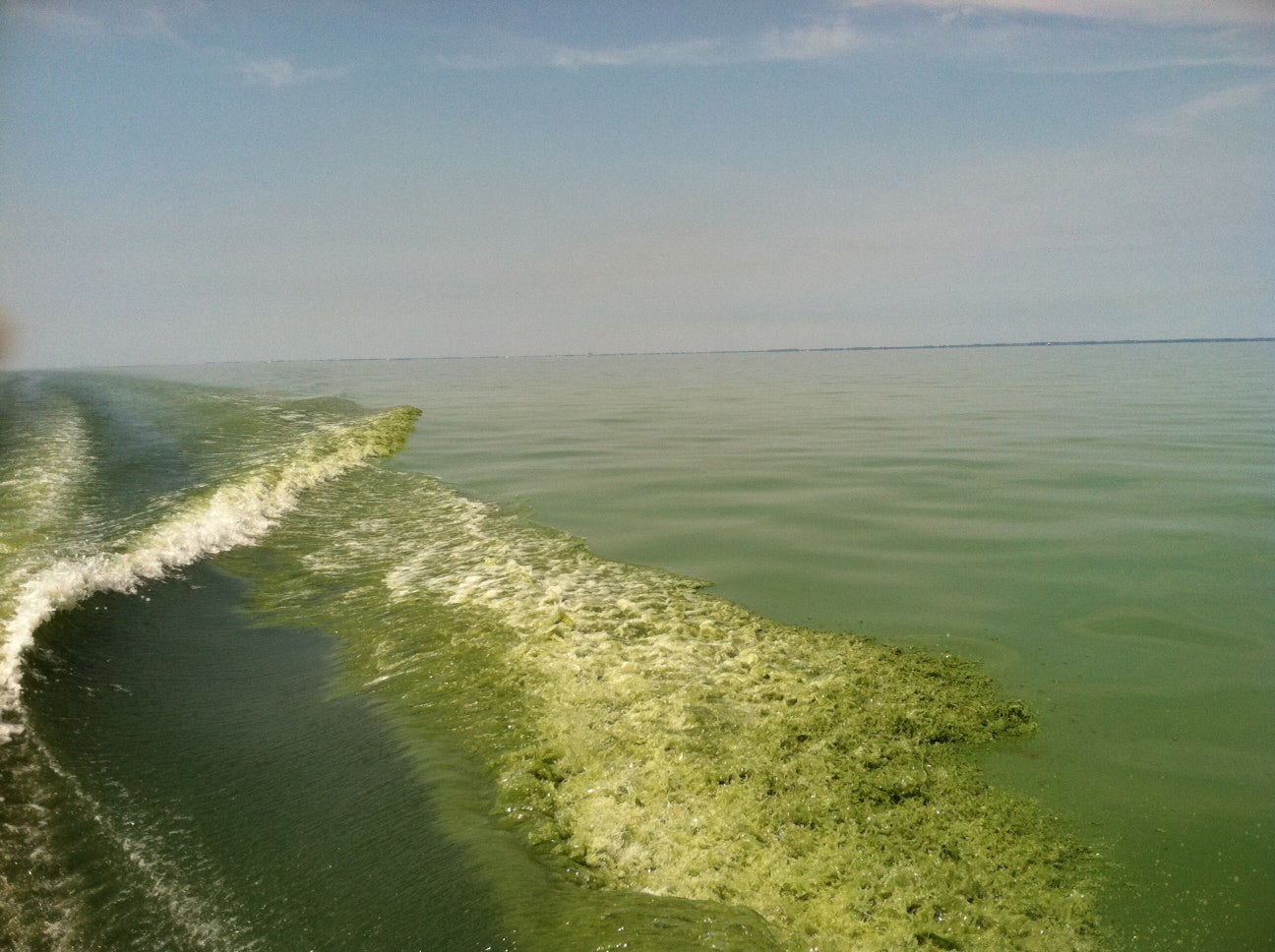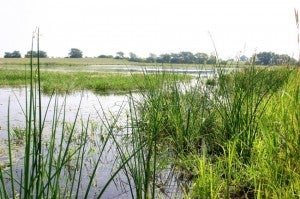Fernando Funes gestured at the breathtaking scene of contour terraces brimming with greens.
“Everything here is about working with nature,” he explained to me and a group of visitors at his family farm just outside of Havana, where we admired the diverse assortment of crops, chickens strutting through a grove of trees, and colorful rows of beehives.
The opportunity to visit Fernando’s farm and learn about agricultural conservation practices in Cuba was part of a larger three-day symposium on sustainable agriculture and food systems organized by Environmental Defense Fund, the Foundation of Antonio Núñez Jiménez and the Vermont-Caribbean Institute.
The symposium allowed experts and stakeholders from Cuba and the Americas to learn from each other and make some surprising connections between the considerably different Cuban and U.S. farming systems.
Here are three takeaways that can help inform thinking on how to produce food in a changing climate.










 I first met Justin Knopf at a meeting in DC about five years ago. At 6’3”, he definitely stood out, but not just physically. He openly conveyed how important his family and his land are – the reason he cares so much about making sure his Kansas farming operation can live on is for his children. It’s rare to meet someone so articulate, sincere and committed to sustainability.
I first met Justin Knopf at a meeting in DC about five years ago. At 6’3”, he definitely stood out, but not just physically. He openly conveyed how important his family and his land are – the reason he cares so much about making sure his Kansas farming operation can live on is for his children. It’s rare to meet someone so articulate, sincere and committed to sustainability.

